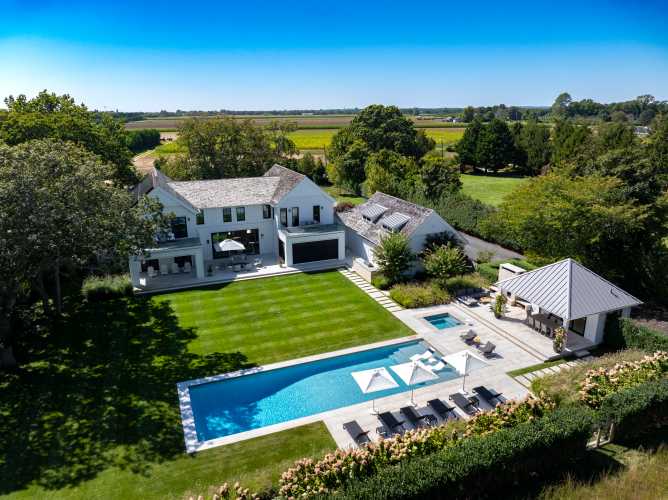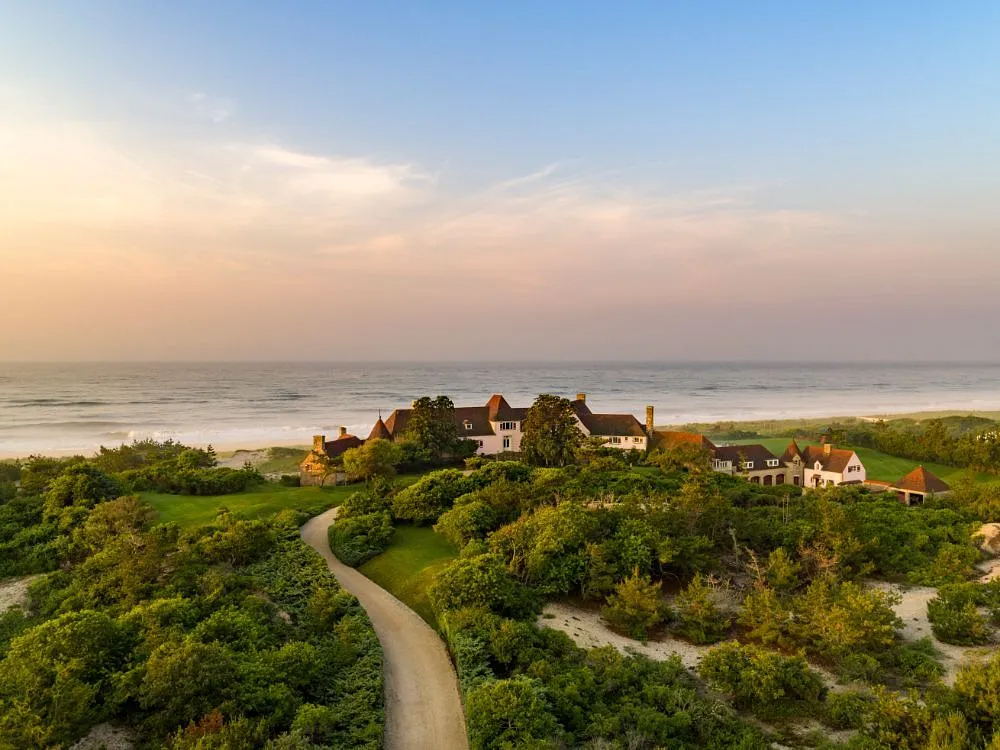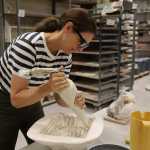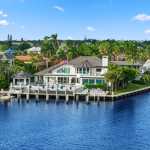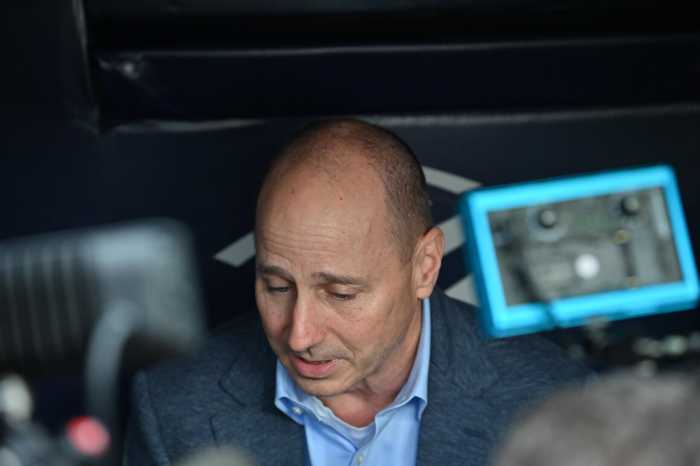The Town of East Hampton’s proposal to spend $56 million to buy a significant portion of property along Wainscott Pond located on a 350-year-old historic property received unanimous support from residents who spoke at a recent town council meeting.
This purchase of the 30-acre property at 66 Wainscott Main Street will be the largest East Hampton Town has ever made using the Community Preservation Fund (CPF).
“Wainscott Pond has served as a safe sanctuary for all types of wildlife,” Hilary Osborn Malecki told the town board during an Oct. 17 public hearing on the proposed acquisition. Her family’s affiliation with the land dates back to 1648, when her ancestor Thomas Osborn was among the first group of English settlers on Long Island.
It has been reported that the town has $85.5 million unencumbered in its CPF coffers.
Billionaire businessman Ronald Lauder, an heir to the Estée Lauder cosmetics company, bought the land in 2021 for $66 million reportedly intending to prevent development, as he owns neighboring parcels.
Numerous other concerned parties affirmed their full-fledged support for the town’s purchase of the land to make it a distinguished historic landmark. The only true concern is the need to preserve the picturesque pond within it that is currently plagued with toxic contamination.
The property to be acquired encompasses roughly one-third of the pond’s shoreline and would allow for public access and enable further water quality monitoring through the Town’s CPF Water Quality Improvement program, an East Hampton Town press release said.
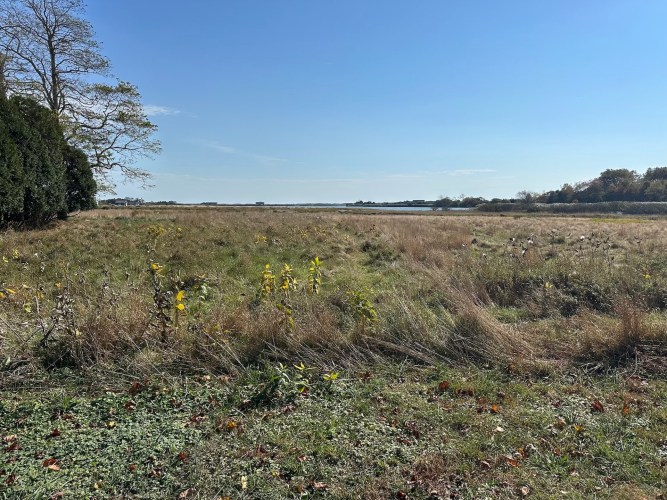
Malecki detailed the historical importance of the land where the town’s first potato farms, dairy farms, fishing endeavors, and strawberry farms were founded. Malecki described how Osborns have been farming on the land since 1670.
Francis Bock, clerk of the East Hampton Town Trustees, which owns the Wainscott Pond, added that the Trustees believe that this would be “one of East Hampton’s more important acquisitions.” He added that there are persistent concerns over the health of the pond water which has shown dangerous levels of harmful algae. Overall, in support of the purchase, he clarified that having more control of the pond would give the town more control in helping improve its water quality.
The New York State Department of Environmental Conservation identified Wainscott Pod as an impaired water body under its Priority Waterbodies List. The pond has experienced frequent harmful algal blooms, posing serious threats to aquatic ecosystems and human health, according to a press release from the town.
“A recent monitoring study conducted by the SUNY Stony Brook Gobler Laboratory and funded by the Trustees revealed that Wainscott Pond is the most consistently impacted water body in East Hampton, with every sample exceeding the bloom threshold. Alarmingly, the average concentration of blue-green algae reached levels that significantly surpassed the state’s recreational safety limits, underscoring the urgent need for intervention to restore the pond’s health,” the town said.
“The Trustees enthusiastically support the acquisition of 66 Wainscott Main St. and look forward to collaborating with the town to reverse the state of Wainscott Pond,” Bock told the board.
Carolyn Logan Gluck, the chair of the Wainscott Citizens Advisory, shared the committee’s wholehearted endorsement of the town’s proposed acquisition.
“This property, with its breathtaking view toward the ocean, embodies the historic agrarian character of the hamlet,” Logan Gluck said. “The 30-plus acres of open space, comprising old fields and meadow, environmentally sensitive areas, the wetland pond and dunes, and historic resources, clearly meets the criteria for use of the CPF.”
Among the supporters, there were a few who, while supporting the decision, were critical of the pond’s state.
“As the town knows, I have been very passionate about Wainscott Pond for many years — the restoration of the water quality is very important, the sign of toxic contamination,” one resident said. “Wainscott Pond is without a doubt one of the most contaminated water bodies, not just in the town of East Hampton but in, arguably, all of Long Island … Years ago, when I was working on the pond, the only water body that was more impaired in New York state was in Central Park.”
Stressing the need to care for the wildlife, in addition to the water quality, he shared that the property was purchased in 2021 for $66 million and that today it is worth about $75 million. This means that the CPF purchase at $56 million is quite the deal — at approximately a 25% discount. He said that such a good deal, if not taken up the right way “could all be lost.”
Email tvecsey@danspapers.com with further comments, questions or tips. Follow Behind The Hedges on X and Instagram.


